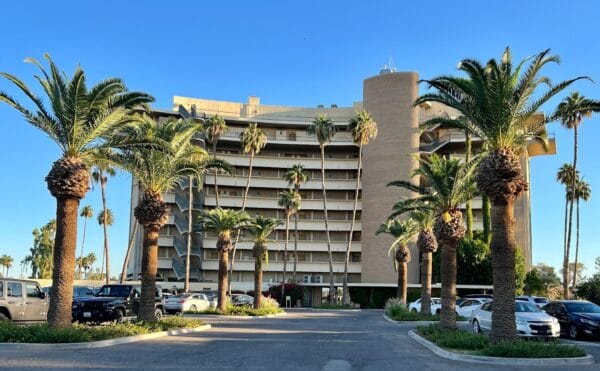 Joanne Cleaver | realtor.com
Joanne Cleaver | realtor.com
New York City homeowner Tina Larsson watched for nearly a decade as a new subway station was built right across the street from her brick midcentury co-op on Manhattan’s Upper East Side. The excavation blasts shook her walls and sent dust spewing into the air; the noise and disruption choked off business to once-busy restaurants and shops.
It was, in short, a terrible mess.
Then in January, the heavy construction machinery suddenly disappeared, the sidewalk scaffolding was taken down, and the endless clutter seemed to vanish overnight. After nearly a century of starts and stops, the $4.5 billion Second Avenue subway—one of the nation’s most notoriously delayed large-scale transit projects—was finally open for business. It was sleek, modern, and even festooned with original Chuck Close portraits. Now, Larsson, 51, and many of her longtime neighbors, are finally ready to reap the real estate rewards.
Prices in Larsson’s building have shot up about 60% over the last three years—a bonus for existing owners and a burden for local renters, who may soon be priced out of the market. Larsson attributes the appreciation to her building’s close proximity to one of the three new stations on the subway, which now connects the far east side of Manhattan to the rest of the city.











